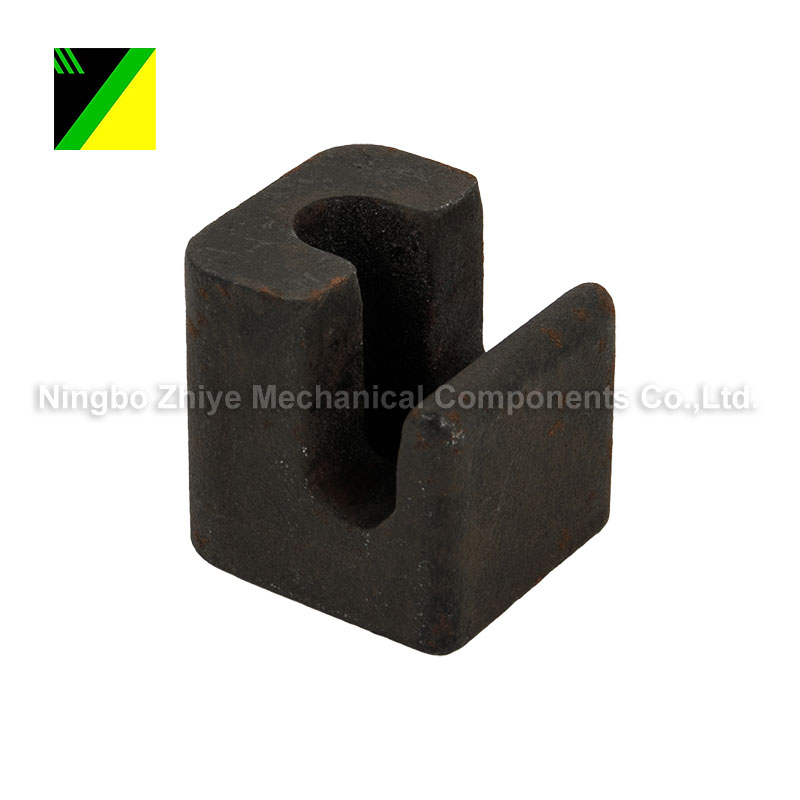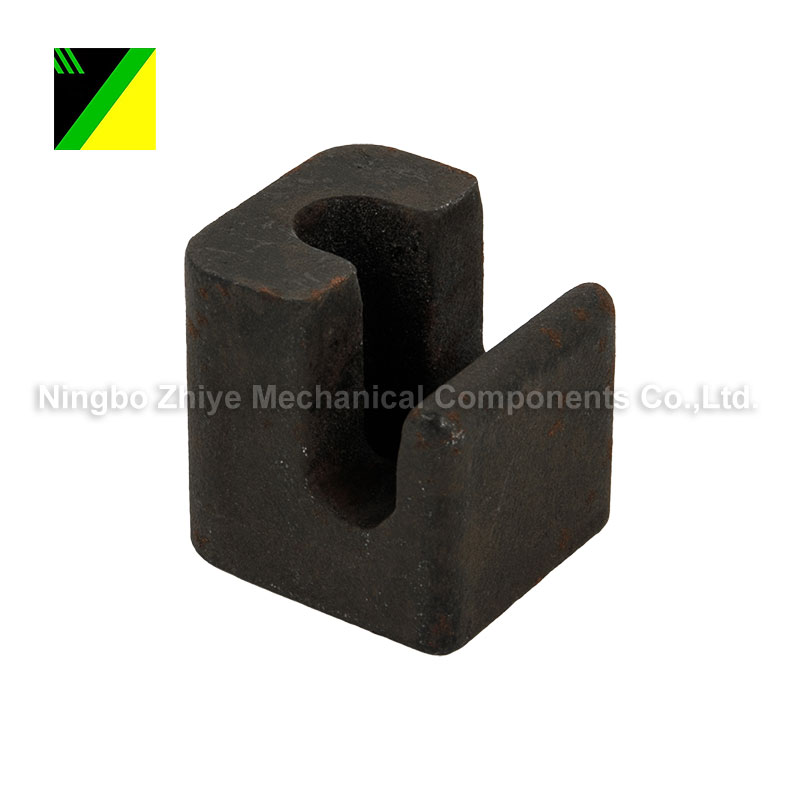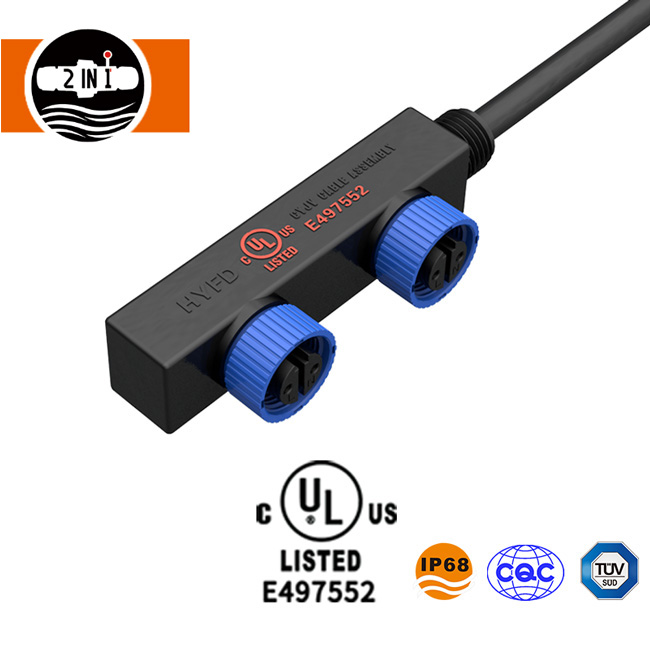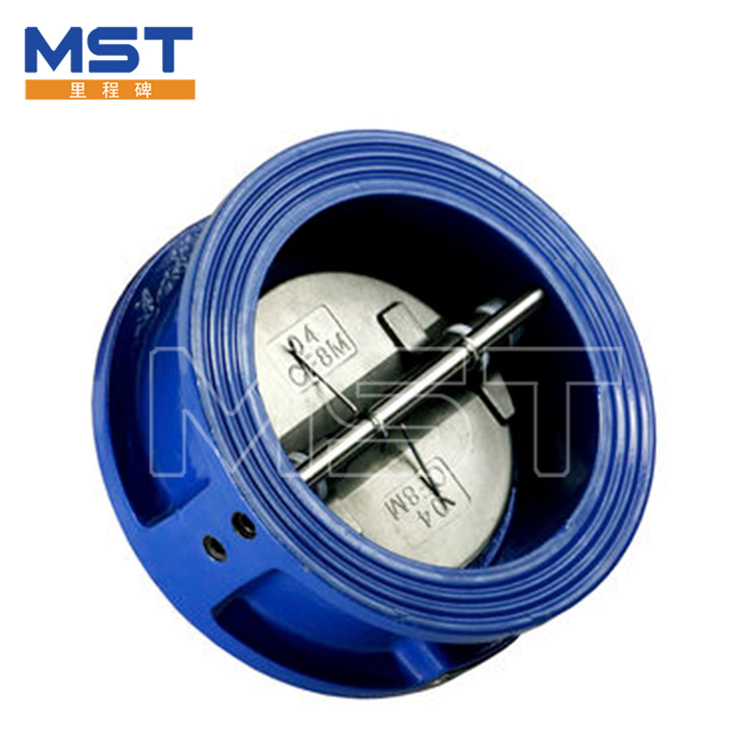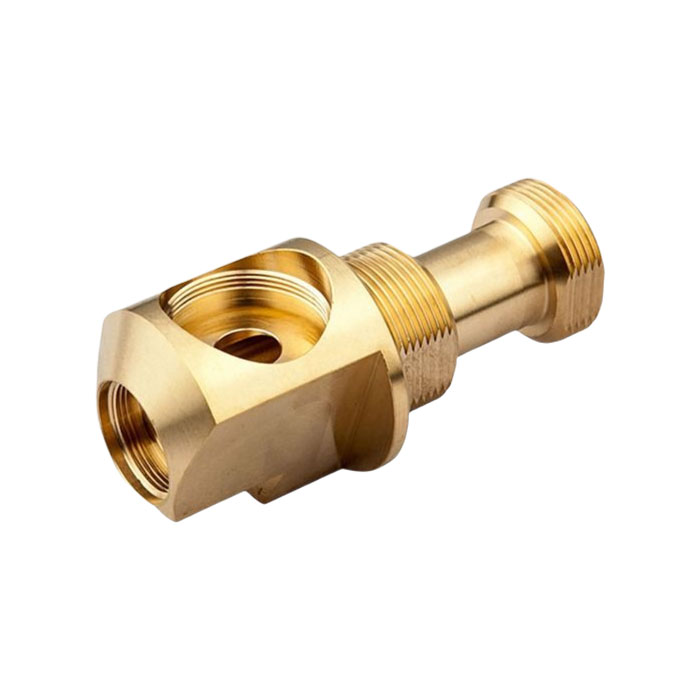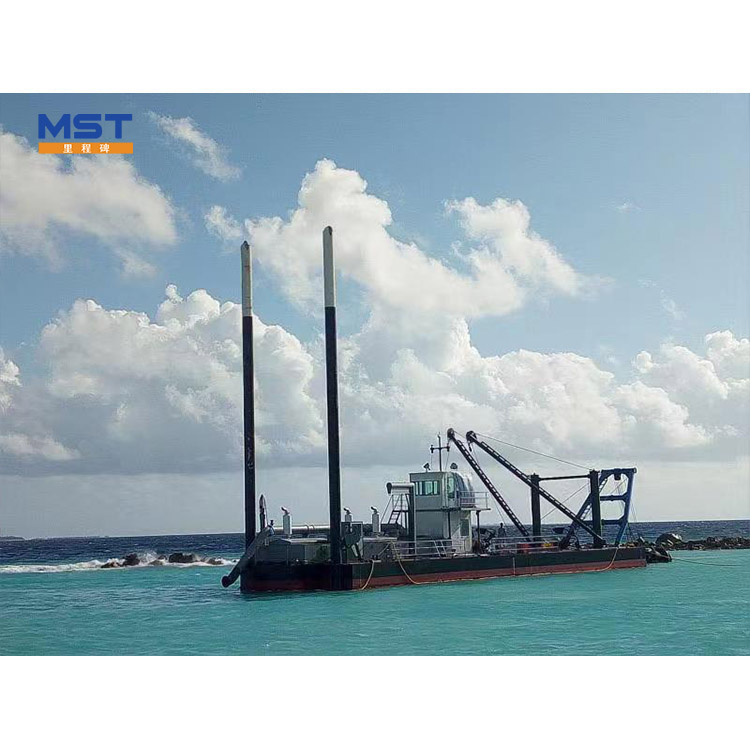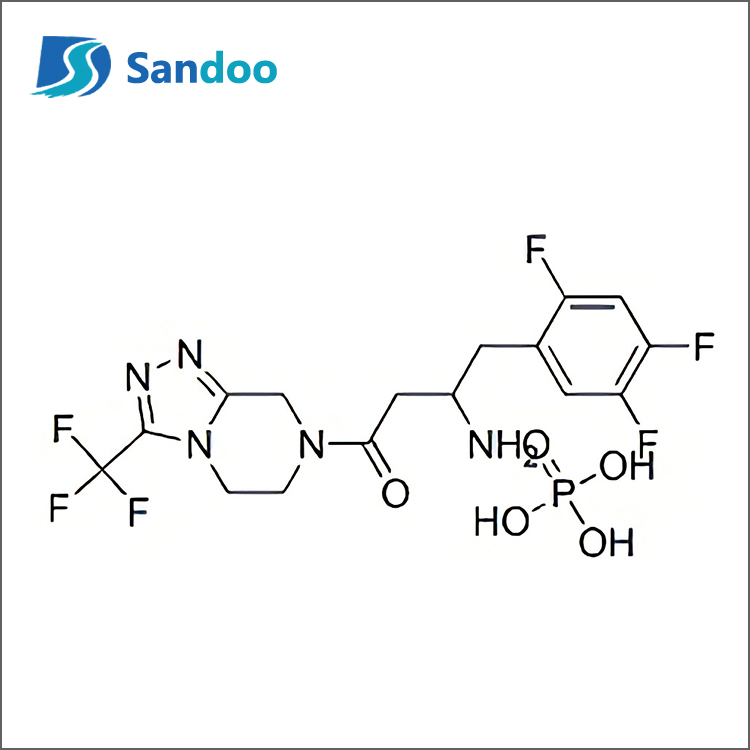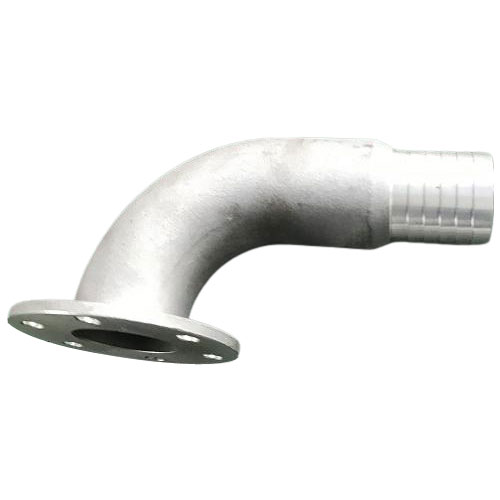Methods for Silica Sol Investment Casting
The basic feature of silica sol precision casting is that the pattern is made of fusible material, the mold is made of refractory material, and the pattern is melted before pouring to form a mold cavity. This process was used to cast handicrafts as early as 3000 years ago. Due to the needs of the mi......
Send Inquiry
Product Description
The basic feature of silica sol precision casting is that the pattern is made of fusible material, the mold is made of refractory material, and the pattern is melted before pouring to form a mold cavity. This process was used to cast handicrafts as early as 3000 years ago. Due to the needs of the military industry during WWII, countries such as the United States and Britain used investment casting methods to produce stator blades for turbojet engines, propelling this process into the industrial field, where it has been continuously developed and promoted for more than 50 years. improve. Silica sol investment casting has many production processes, ranging from wax mold to mold shell, pouring to cleaning. It is a tight chain, and any disruption can lead to failure.
1. On the one hand, it is necessary to solve the problem of shell manufacturing capacity, such as shell-making manipulators, dewaxing equipment, and so on, in order to manufacture large, thin-walled, and complex casting shells. The final shell, on the other hand, has higher requirements in terms of strength, deformation resistance, and dimensional accuracy, as the shell's strength and deformation resistance are the foundation for casting large investment castings. Only by ensuring the shell's performance requirements and correctly forming the castings can the dimensional accuracy of the castings be addressed further. According to the different heating effects, the strength of the silica sol shell can be classified as normal temperature strength, high temperature strength, and residual strength. The normal temperature strength is used to ensure the shell's integrity during the shell-making and dewaxing processes. The high temperature strength ensures that the shell does not crack during the firing and pouring processes. Experiments show that after high-temperature calcination above 950°C, the shell strength of silica sol can reach 714MPa, exceeding the 688MPa of ethyl silicate, which can fully meet the requirements of the investment casting process. On the contrary, as high temperature strength increases, so does residual strength, making cleaning the casting shell difficult and necessitating appropriate reduction.
2. To improve investment casting efficiency, silica sol must be develop
In comparison to large complex thin-walled castings, civilian products have lower casting quality requirements. For the latter, however, the issue of shortening the production cycle and increasing production efficiency becomes more prominent. The core link in the problem is shortening the shell making cycle in order to reduce product delivery time. Internal and external factors are the two most important factors in shortening the shell-making cycle. The internal factors are primarily the binder's properties, while the external factors are the drying conditions. 